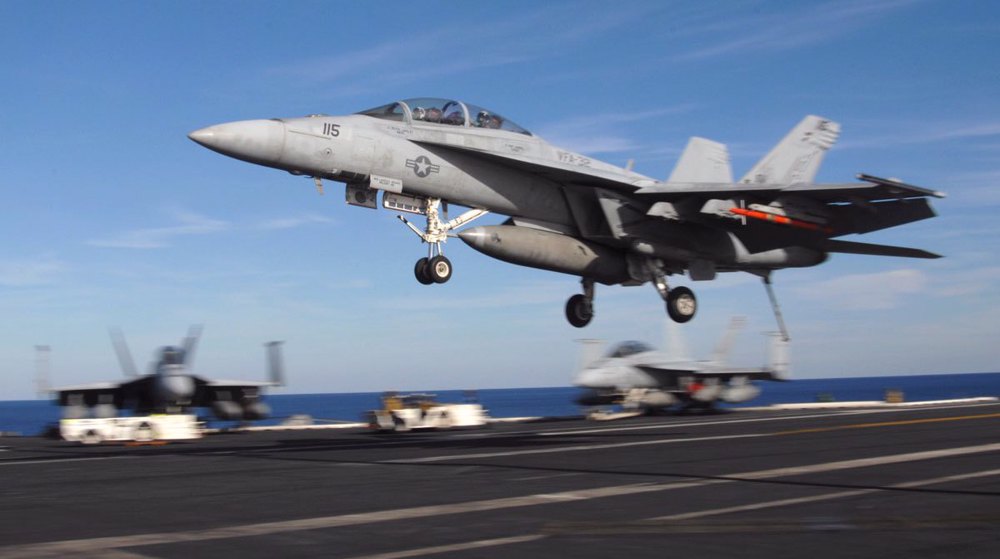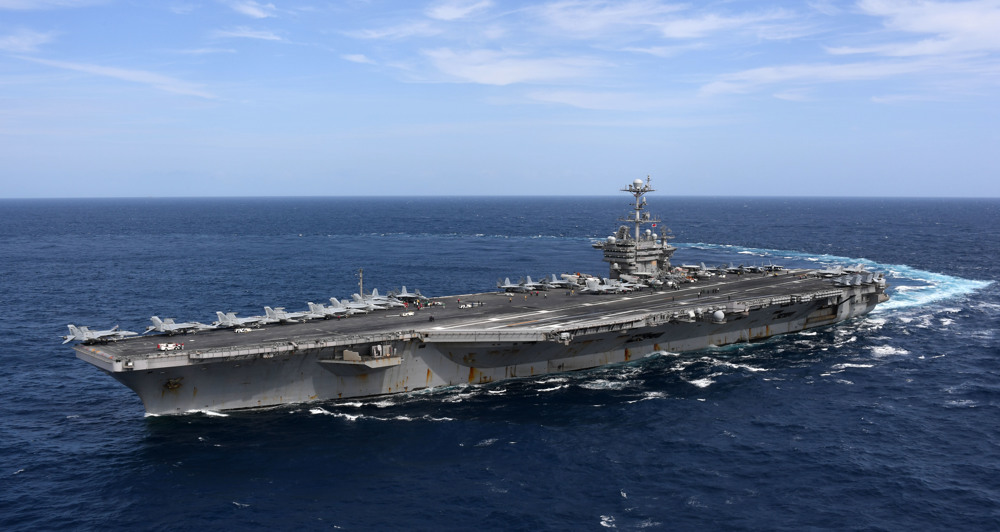US National Guard ready to dispatch 30K troops over Harvey
The US National Guard Bureau says it is ready to dispatch 30,000 more troops to face Harvey if necessary as thousands of people are forced out of their homes and others remain stranded over the storm.
Air Force Major General James Witham said Wednesday that the Defense Department was raising its contribution to Hurricane Harvey, which has reportedly left up to nineteen people dead so far after making landfalls in populated areas.
Within a day, roughly 1,000 Texas National Guard troops are about to join the 3,000 currently engaged in rescue and recovery efforts, according to Witham, the director of domestic operations for the National Guard Bureau.
“We are looking at posturing, just on the National Guard side, an additional 20,000 to 30,000 soldiers and airmen, that if requested could be brought in,” he added, further estimating that the number could reach 8,000 to 10,000 in coming days.

Speaking among reporters at the Pentagon, Witham elaborated on some of the challenges facing the National Guard in dealing with the Category 4 hurricane.
“This will be a long-term effort,” he said. “Usually when the Guard responds to hurricane-type events, normally we talk about that first 72-96 hours. Due to the nature of this storm … our response to this hurricane has been very different."
In response to Harvey, Texas Republican Governor Greg Abbott has activated the state’s entire National Guard.
“Guardsmen will get tired and burn out as we do this. This has to be a phased approach in Texas,” General Witham said.
He added that 500 military vehicles and 30 helicopters had been deployed for search-and-rescue operations.
“There’s a potential that we could grow up to 100 helicopters as required by the state of Texas,” he said
The New York Air National Guard, and the Utah, Nebraska and North Carolina Army National Guards are also engaged in the efforts.

Hurricane Harvey, which has now downgraded to a tropical storm, has caused record rainfall and huge floods, which have drawn President Donald Trump and First Lady Melania Trump to Texas.
Meanwhile, the Houston area, one of the mostly affected ones by the storm, is facing the threat of overflowing dams.
"This is something we've never faced before, so we're trying our best to wrap around what exactly this water is going to do," said Jeff Lindner, meteorologist with the Harris County Flood Control District.
The Addicks and Barker dams control the amount of water in the main river into Houston, Buffalo Bayou.
‘All wars have rules. All of those rules have been broken’ by Israel
VIDEO | Report flags India’s violation of rights of Rohingya detainees
Turkey's foreign minister meets Syria's de facto leader in Damascus
'Next to impossible' to rescue patients from Gaza's Kamal Adwan Hospital: Director
VIDEO | Vietnam current prosperity
Report blames gasoil exports for shortage at Iranian power plants
VIDEO | Hind Rajab Foundation names Israeli war criminals vacationing after Gaza genocide
VIDEO | Australians rally for Gaza ahead of Christmas festivities










 This makes it easy to access the Press TV website
This makes it easy to access the Press TV website